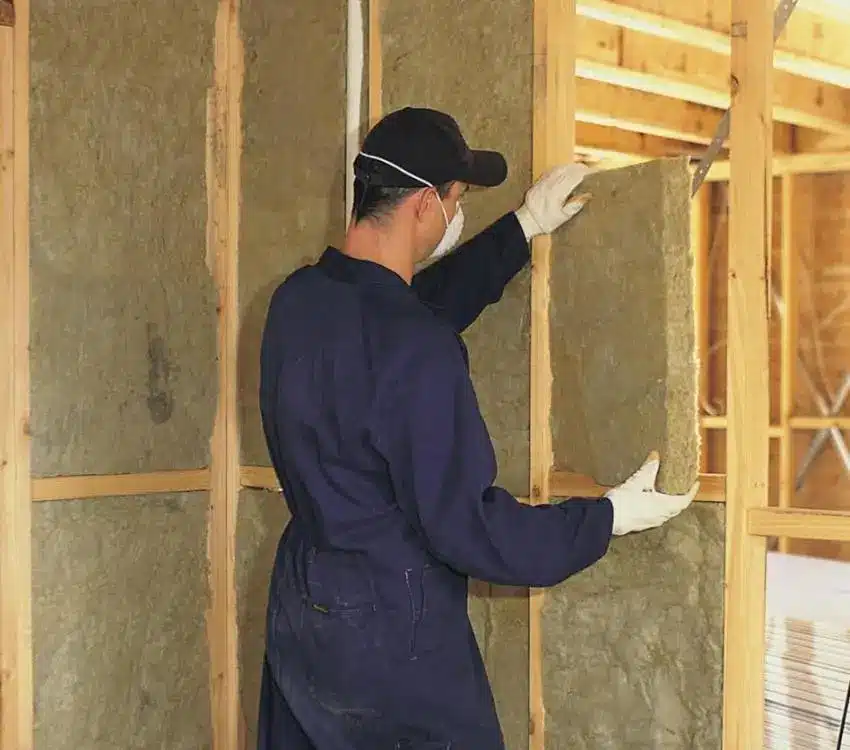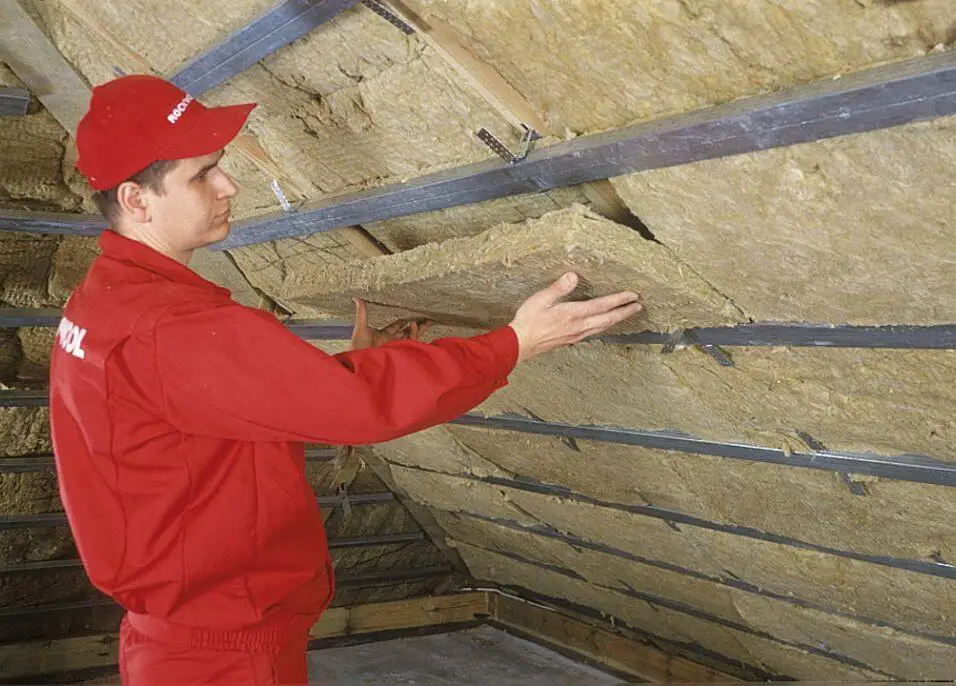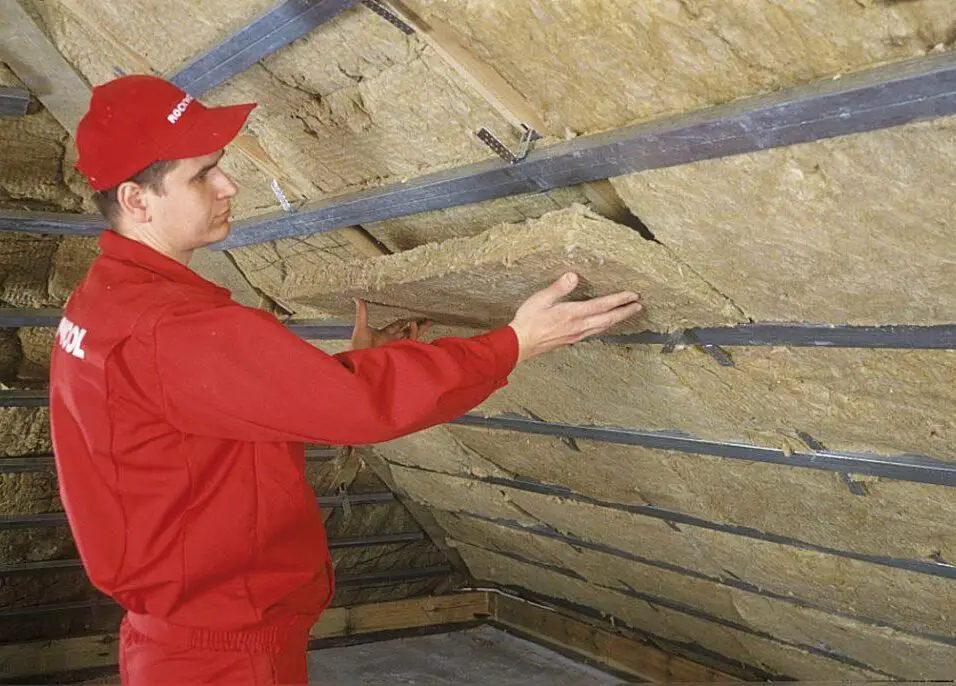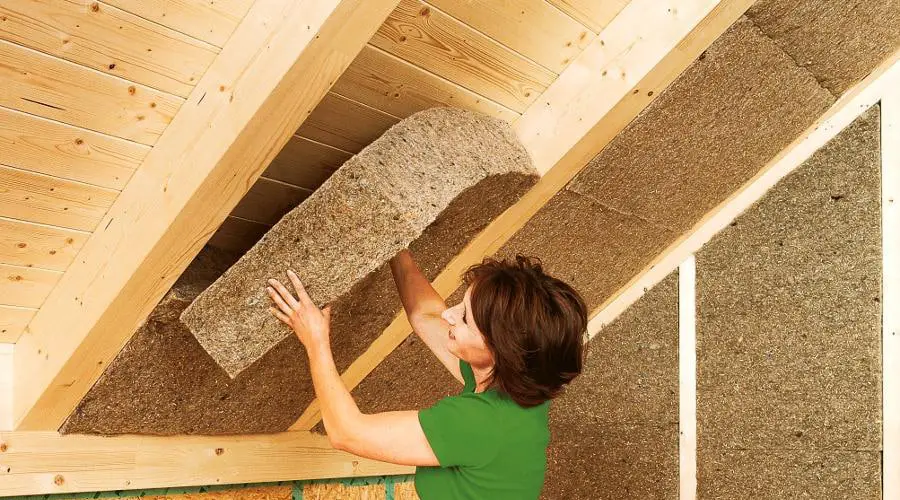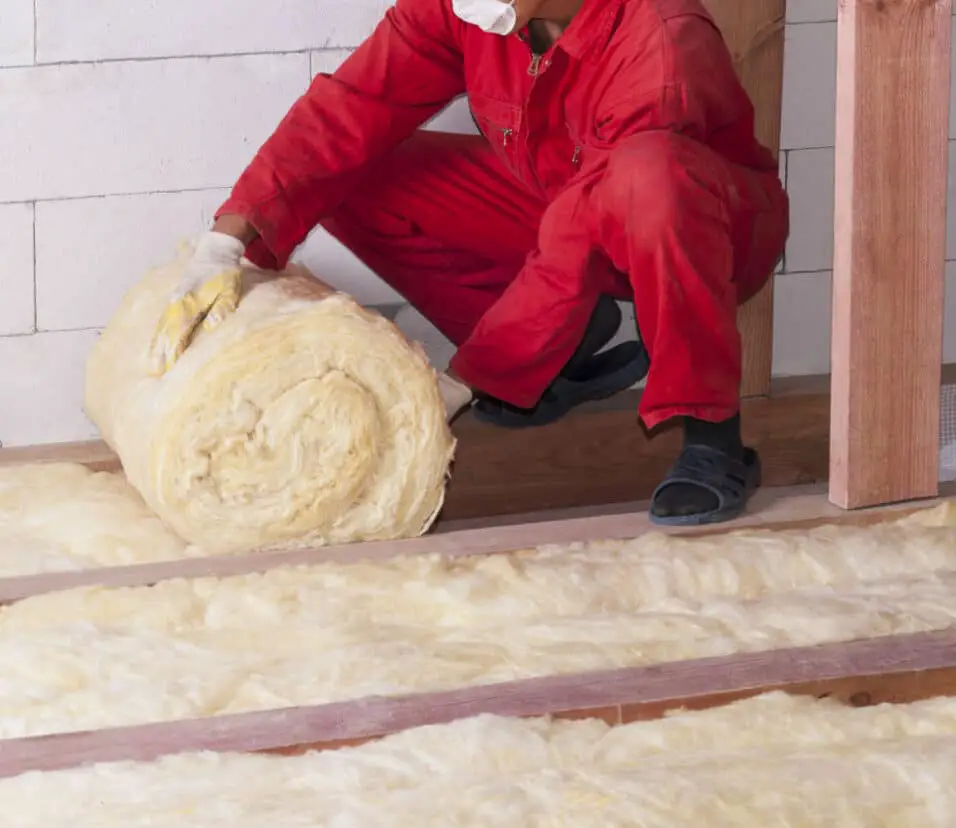Is Foam Board Insulation Better Than Fiberglass
Is Foam Board Insulation Better Than Fiberglass? Homeowners, builders, and energy-efficiency advocates have long debated foam board vs. fiberglass insulation. Each material has advantages and considerations, creating a debate on which performs best and is most suitable.
Due to its moisture resistance and excellent insulation, foam board insulation, made from expanded polystyrene (EPS), extruded polystyrene (XPS), or polyisocyanurate, has become popular. Heat transmission and air infiltration are prevented by this impermeable insulation, improving energy efficiency. Its stiffness gives it structural stability and acts as a vapor barrier to prevent moisture concerns.
The insulation market has long relied on fiberglass insulation, made of fine glass fibers bonded together. Many homeowners prefer it because of its price and convenience of installation. However, its reduced heat resistance and air leakage may reduce its efficiency in controlling indoor temperatures and energy conservation.
To definitively determine which board insulation material prevails, it’s essential to consider factors such as the specific application, budget constraints, environmental impact, and desired insulation performance. By delving into the distinct attributes of foam board insulation and fiberglass, one can make an informed decision that aligns with both practical needs and long-term energy efficiency goals.

What is better foam or fiberglass insulation?
It depends on your needs. If you’re looking for an affordable option that is easy to install, then fiberglass insulation is a good choice. If you’re looking for an option that will save you money on your energy bills and will last the life of your home, then spray foam insulation is the better choice.
Determining whether foam or fiberglass insulation is better depends on specific project requirements and priorities. Foam insulation, characterized by its high thermal resistance and moisture resistance, offers excellent energy efficiency and durability. It effectively seals gaps, minimizing air infiltration and heat transfer, making it ideal for spaces with limited room for insulation. Its rigid structure provides structural support, contributing to its long-term performance.
Conversely, fiberglass insulation is affordable and flexible, able to conform to various spaces, making it suitable for retrofitting and irregular structures. It’s a cost-effective option for larger projects and can offer sufficient insulation in many scenarios.
The choice between foam and fiberglass insulation should consider factors like budget, environmental impact, insulation needs, and the project’s scope. A comprehensive evaluation of these factors will determine the better option. Foam insulation excels where a high R-value and moisture resistance are critical, while fiberglass insulation is economical and versatile. Prioritizing energy efficiency goals and long-term comfort is essential for making the right choice between these two effective insulation materials.
Is foam board the best insulation?
Rigid foam sheathing has better insulation per inch than plywood (1.25 R-value) and fiberglass batts (3.14 R-value).
The project requirements and homeowner or builder goals determine whether foam board insulation is preferable. Foam board insulation is an excellent candidate for energy efficiency and long-term performance due to its thermal and moisture resistance. Spaces with minimal insulation benefit from its stiff structure, which reduces air leakage and heat transfer.
Please note that no insulating material is ideal for all situations. Foam board insulation may work well if it meets project needs. The ideal insulation type depends on money, environmental concerns, and space needs. Other insulation choices including fiberglass, cellulose, and spray foam have benefits.
The optimal insulation depends on R-value, space limits, moisture susceptibility, installation simplicity, and project goals.
Is foam insulation more expensive than fiberglass?
Spray foam insulation is considerably more expensive than fiberglass insulation. In some cases, the price of spray foam insulation can exceed that of fiberglass by three times over. As such, fiberglass is often the insulation material of choice for those searching for an inexpensive insulation solution.
Foam insulation generally tends to be more expensive than fiberglass insulation. The cost difference stems from several factors inherent to each insulation type. Foam insulation, such as rigid foam board or spray foam, boasts higher thermal resistance and better air sealing capabilities, which contribute to its superior energy efficiency. However, these advantages are often accompanied by a higher upfront cost due to the materials used and the specialized installation techniques required.
In contrast, fiberglass insulation is more affordable due to its simpler production process and widespread availability. It comes in rolls or batts, making it easier to install, which can lead to lower labor costs. This affordability makes fiberglass insulation an attractive choice for projects with tighter budgets or larger areas to insulate.
It’s important to consider not only the initial cost but also the long-term benefits of insulation, such as energy savings and increased property value. While foam insulation might involve a higher upfront investment, its enhanced performance could lead to significant energy savings over time. When deciding between the two, it’s essential to weigh the cost against the insulation’s effectiveness, your budget, and the specific requirements of your project.
Why is foam insulation better?
An alternative to traditional cellulose and fiberglass insulation, spray foam insulation resists heat transfer and insulates and seals gaps. SPF creates a tight barrier and prevents hot and cold air, vapor and moisture from penetrating into a building’s interior. It can also be an effective a sound barrier.
Foam insulation produces a continuous barrier that limits heat transmission and air infiltration, making a space more airtight and energy-efficient than fiberglass. This air sealing improves energy efficiency, drafts, and indoor comfort.
Foam insulation, whether rigid foam boards or spray foam, has a high R-value per inch, maximizing insulation in little space. It Foam insulation resists moisture and keeps its insulating characteristics, minimizing mold formation.
Foam insulation’s flexibility allows it to cover uneven spaces and reduce thermal bridging. It saves energy throughout a structure due to its resilience and longevity. Foam insulation costs more upfront, but it can save money, improve indoor air quality, and boost property value.
What are the key thermal performance characteristics that make foam board insulation potentially superior to fiberglass insulation?
Foam board insulation has a higher R-value per inch due to its rigidity and density, indicating better heat transfer resistance. For applications with limited area, foam board insulation’s high R-value improves thermal insulation.
Foam board insulation’s solid construction creates a continuous barrier that reduces air infiltration, breezes, and heat leakage. It seals air better than fiberglass insulation, which leaves gaps and seams open. By creating a more airtight building envelope, foam board insulation improves energy efficiency by stabilizing indoor temperatures and reducing heating and cooling needs.
Foam board insulation’s moisture resistance and ability to insulate when damp improve its thermal performance. Its resilience and longevity maintain its insulating properties, saving energy over time. Foam board insulation offers great thermal efficiency and a comfortable indoor environment due to these thermal properties.
In terms of moisture resistance, how does foam board insulation compare to fiberglass insulation, and how might this impact their effectiveness in different environments?
Foam board insulation generally demonstrates superior moisture resistance when compared to fiberglass insulation. The closed-cell structure of foam board insulation materials, such as expanded polystyrene (EPS) or extruded polystyrene (XPS), creates a barrier that prevents water vapor from penetrating and compromising the insulation’s performance. This property makes foam board insulation less susceptible to moisture-related issues like mold growth, rot, and degradation over time.
In contrast, fiberglass insulation can absorb and retain moisture, potentially leading to reduced R-values and increased risks of mold development. This moisture susceptibility can diminish its effectiveness in damp or humid environments, compromising its insulation capabilities and overall durability.
The moisture resistance advantage of foam board insulation makes it particularly suitable for areas prone to high humidity, such as basements, crawl spaces, and bathrooms, as well as for projects requiring insulation in contact with the ground or concrete surfaces. Its ability to maintain consistent thermal performance in the presence of moisture ensures a more reliable and enduring insulation solution, making it a preferred choice in environments where moisture management is crucial.
Can you explain how the air sealing capabilities of foam board insulation differ from those of fiberglass insulation, and how does this influence overall energy efficiency?
The air sealing capabilities of foam board insulation differ significantly from those of fiberglass insulation due to their inherent material properties. Foam board insulation, with its rigid and solid structure, forms a continuous and impermeable barrier against air infiltration. This effective air sealing minimizes the passage of drafts, outdoor air, and moisture, resulting in a tightly sealed building envelope. In contrast, fiberglass insulation, while it can fill cavities, is more porous and can leave gaps and seams that allow air movement.
The superior air sealing ability of foam board insulation substantially enhances overall energy efficiency. By preventing unwanted air exchange, foam board insulation helps maintain a stable indoor temperature, reducing the need for excessive heating or cooling. This results in lower energy consumption and utility bills. In contrast, the potential for air leakage through fiberglass insulation can lead to heat loss or gain, undermining energy efficiency efforts. Thus, foam board insulation’s robust air sealing capabilities contribute to creating a comfortable, energy-efficient environment while minimizing energy wastage associated with air infiltration.
What are the advantages and disadvantages of foam board insulation and fiberglass insulation when it comes to installation ease and adaptability to different types of spaces?
Foam board insulation and fiberglass insulation present distinct advantages and disadvantages in terms of installation ease and adaptability to different spaces. Foam board insulation, with its rigid and pre-cut panels, can be easier to handle and install in straightforward applications. It fits snugly into walls, roofs, and floors, offering efficient coverage. However, its rigidity can pose challenges when insulating irregularly shaped or curved spaces, necessitating precise cutting and fitting.
On the other hand, fiberglass insulation’s flexible rolls and batts adapt well to various spaces, including those with odd shapes or obstructions. This flexibility allows for easy installation around pipes, wires, and other obstacles. Nonetheless, the process can be messier due to the potential for loose fibers and requires careful attention to avoid gaps and compression.
The choice between the two should consider the specific project requirements. Foam board insulation suits spaces with clear dimensions, while fiberglass insulation excels in adaptability to complex spaces. Installers must balance these factors against insulation needs and project constraints to achieve effective insulation coverage without compromising thermal performance.
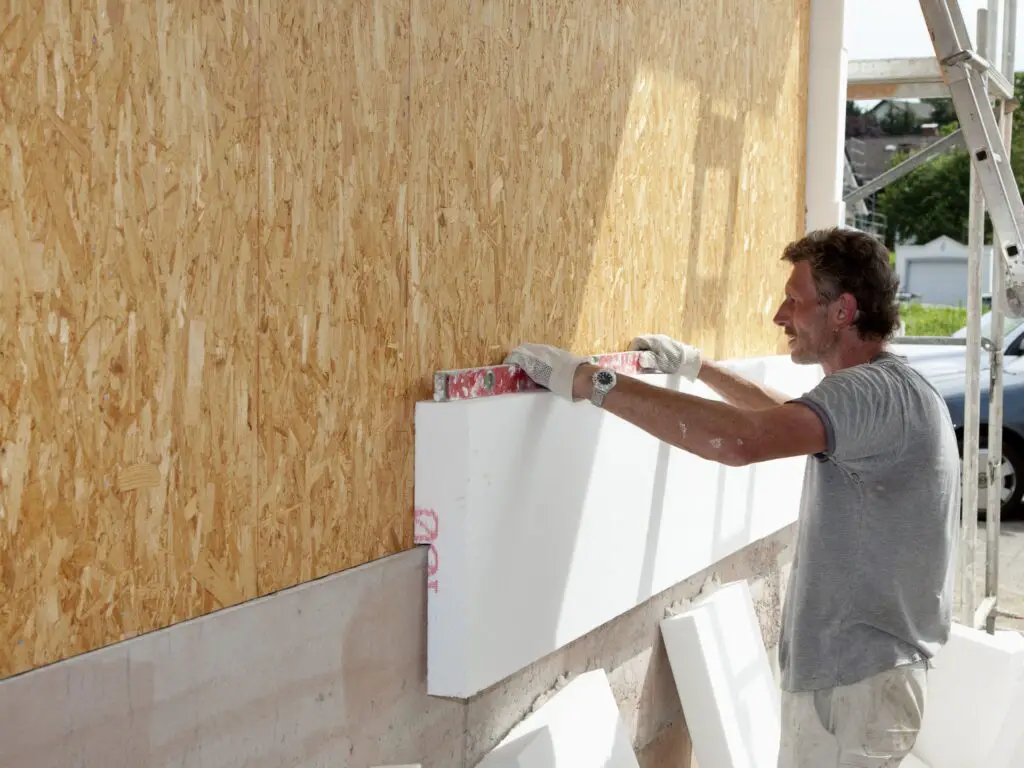
Conclusion
When comparing foam board insulation to fiberglass insulation, it becomes evident that each option presents distinct advantages and considerations that depend on specific project requirements and priorities. Foam board insulation, known for its exceptional thermal resistance, moisture resistance, and ease of installation, offers a compelling solution for achieving high levels of energy efficiency and long-term performance. Its rigid structure minimizes air leakage and effectively prevents heat transfer, making it a favored choice for projects where space is limited and where a higher R-value is desired.
On the other hand, fiberglass insulation, with its affordability and flexibility, remains a reliable option for various applications. Its ability to conform to irregular spaces and accommodate unique architectural features can make it well-suited for retrofitting and insulating existing structures. Additionally, fiberglass insulation can be cost-effective for larger projects.
Ultimately, the choice between rigid foam board and fiberglass insulation should be guided by factors such as budget, environmental concerns, specific insulation needs, and project scale. A comprehensive evaluation of these considerations, along with an understanding of the local climate and building requirements, will help determine which insulation type is better suited for a given project. It’s essential to prioritize the long-term energy efficiency and comfort goals of the space to make an informed decision that aligns with both immediate and future needs.



